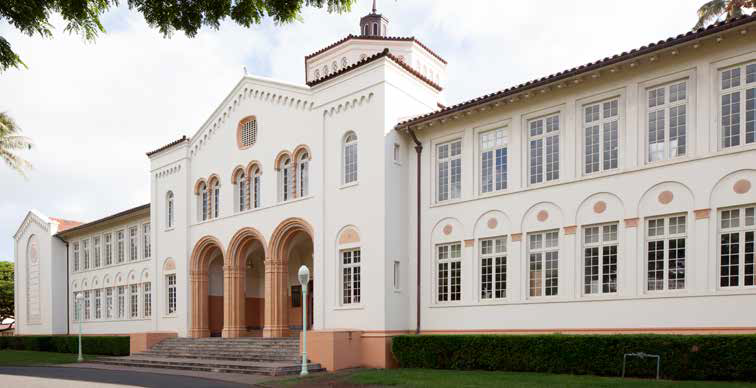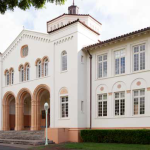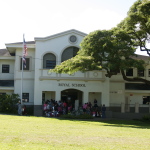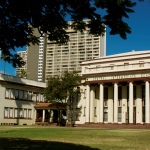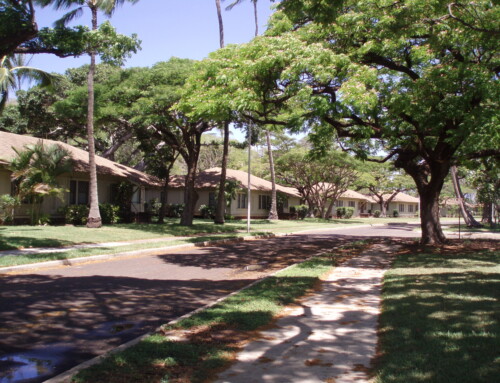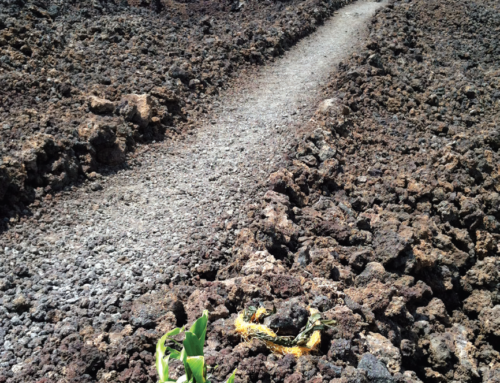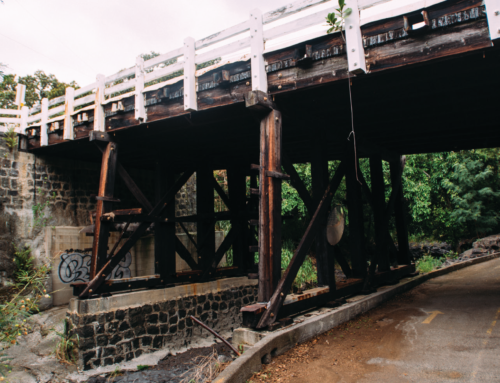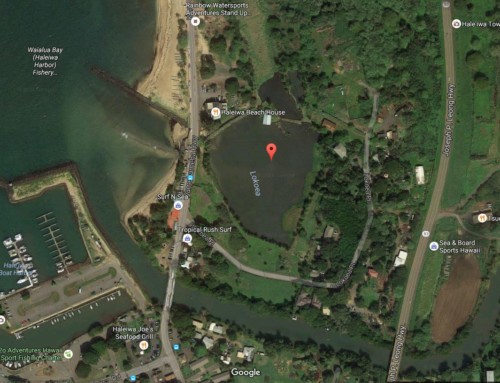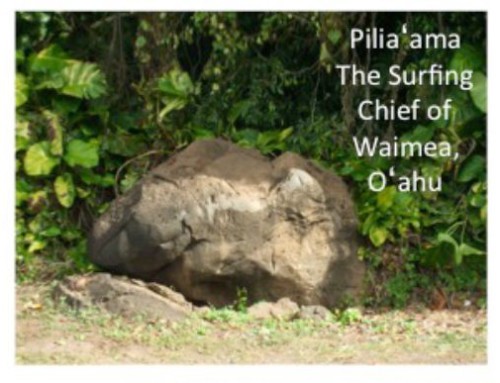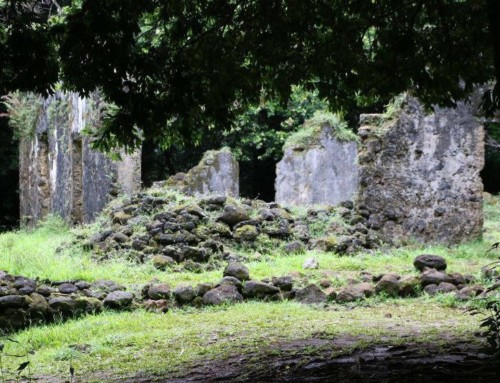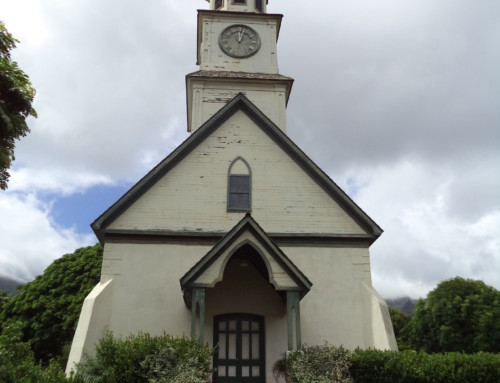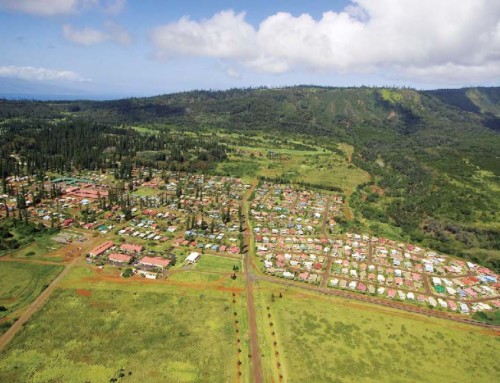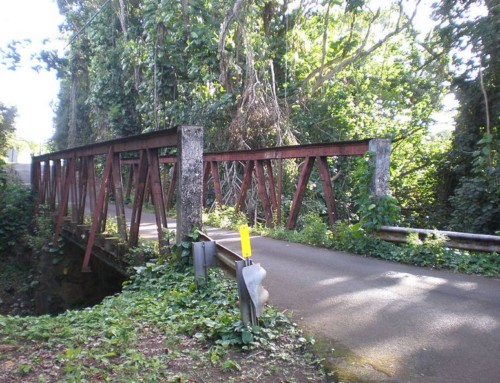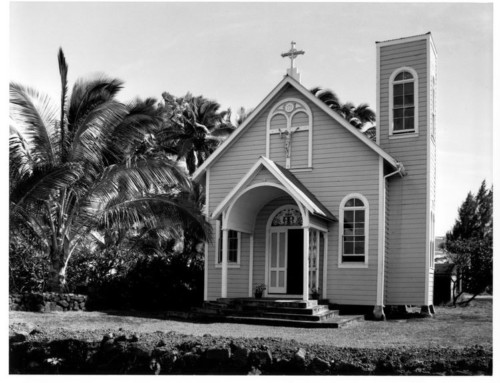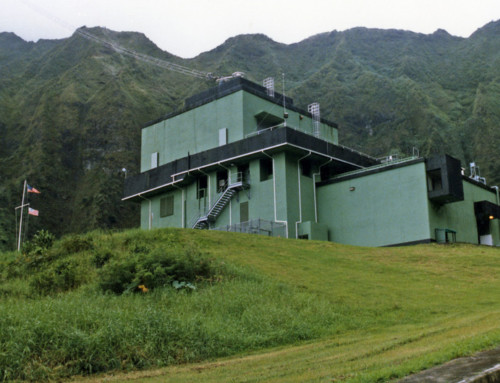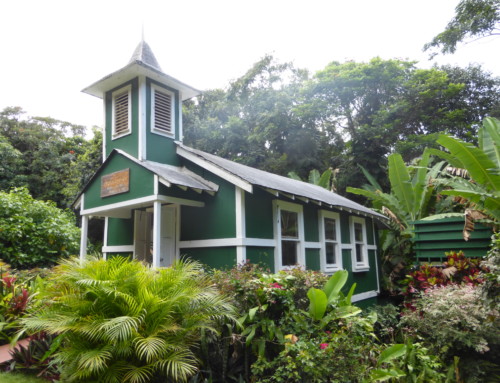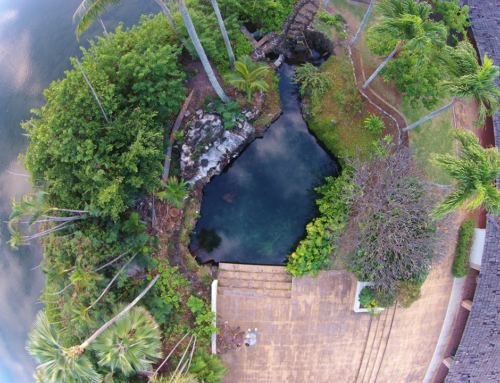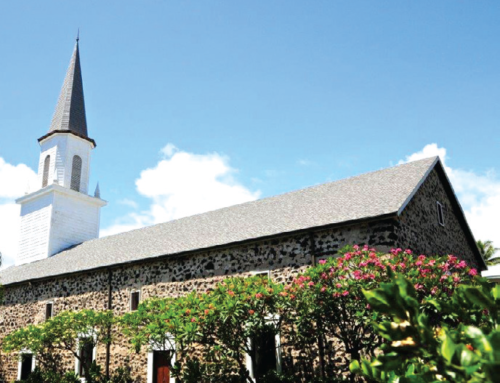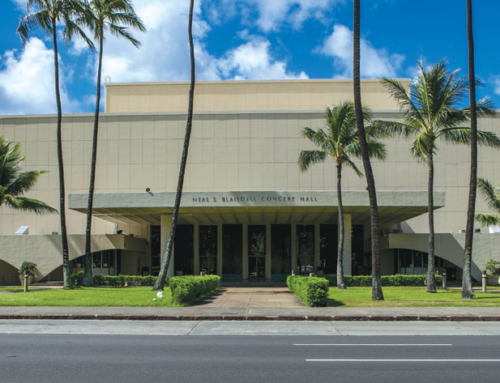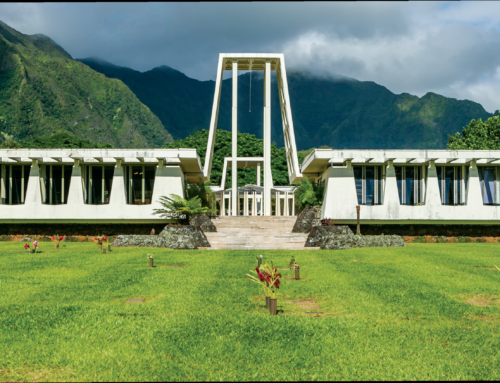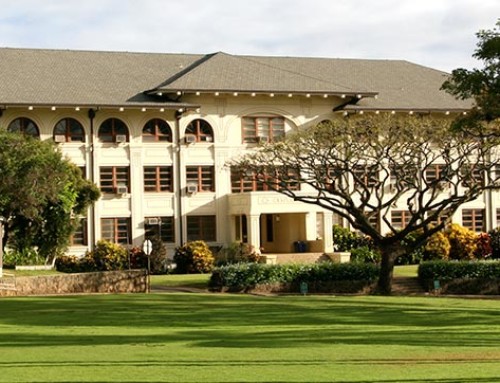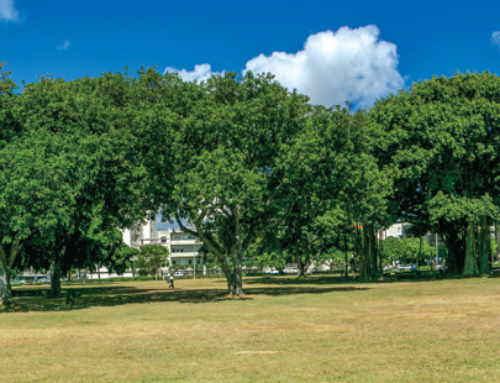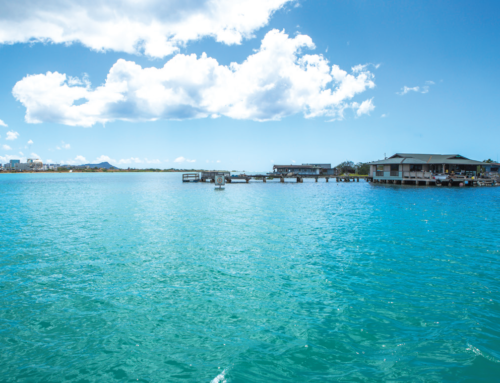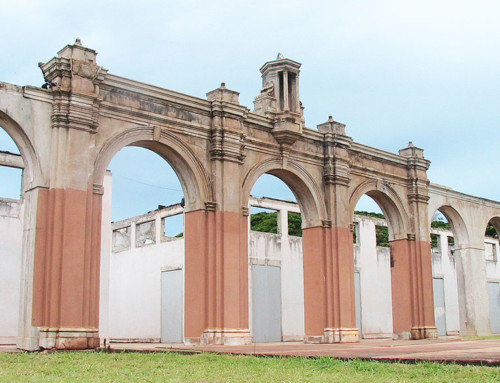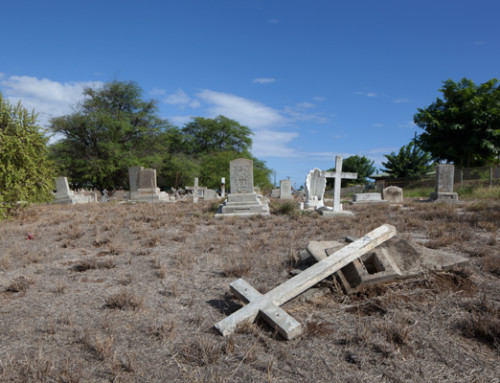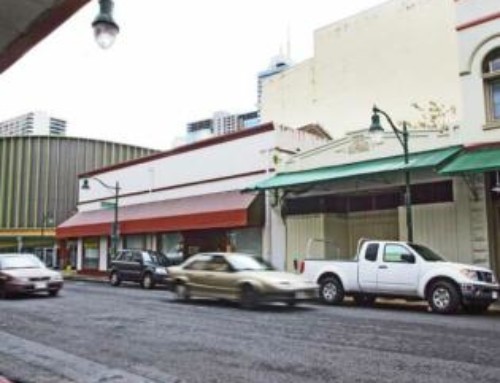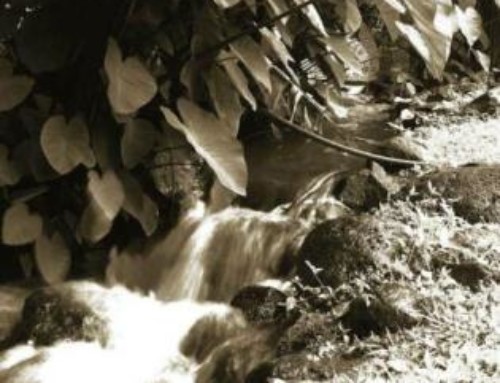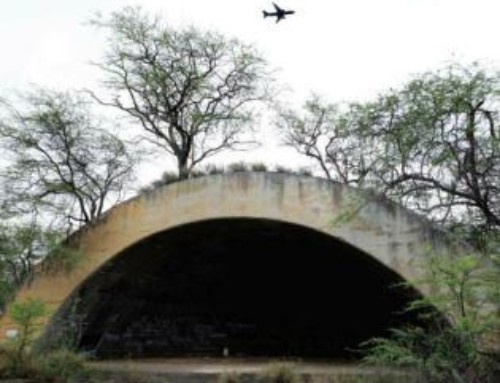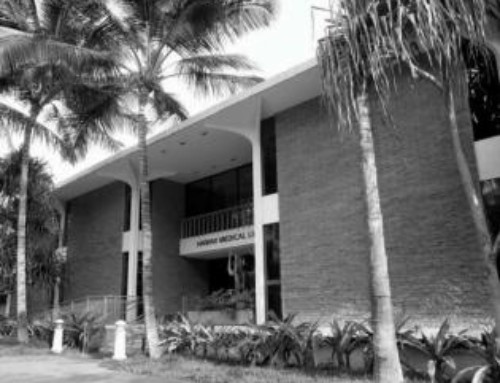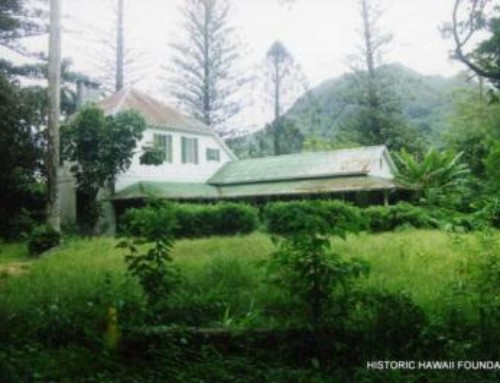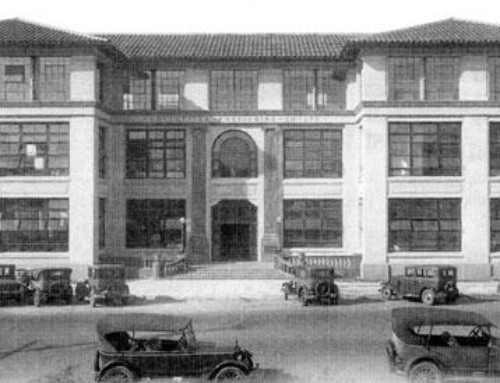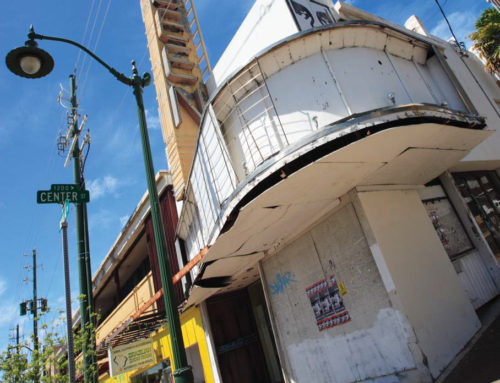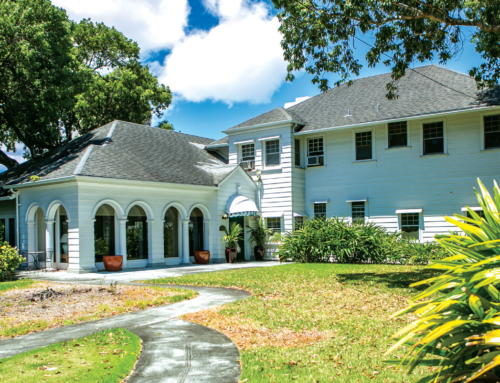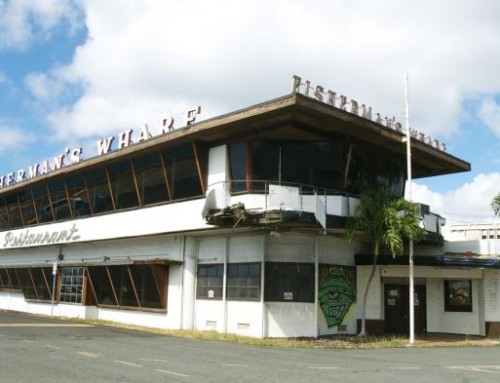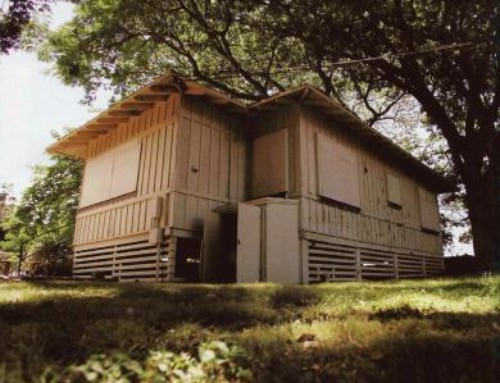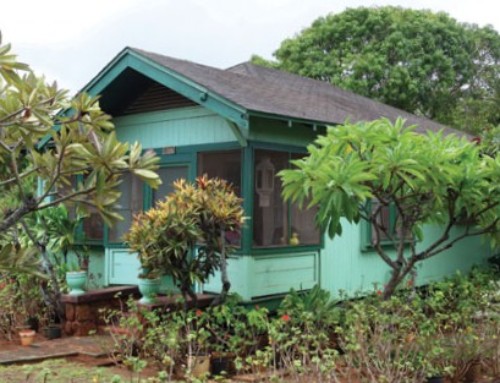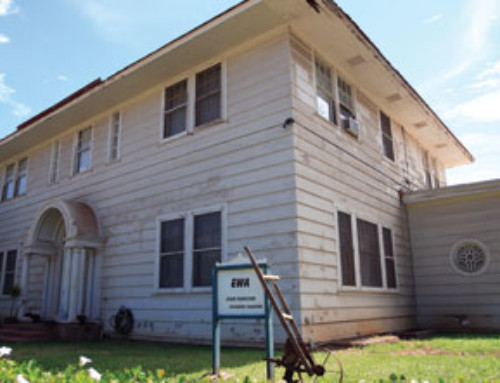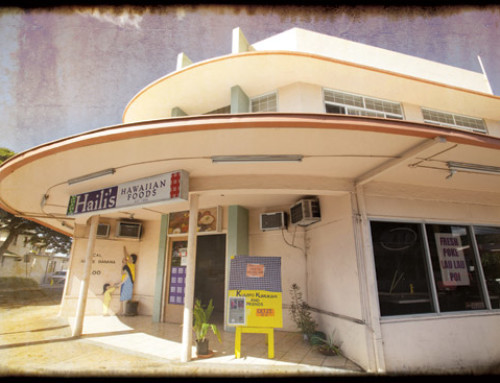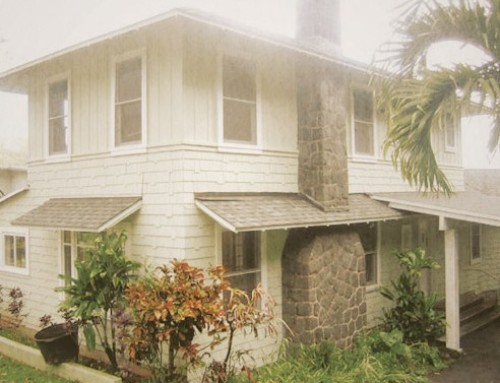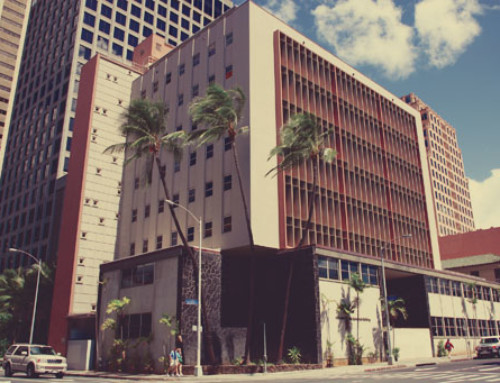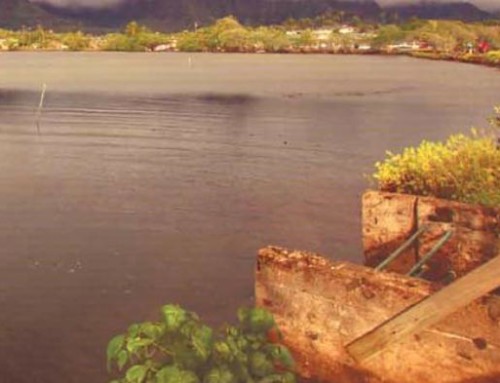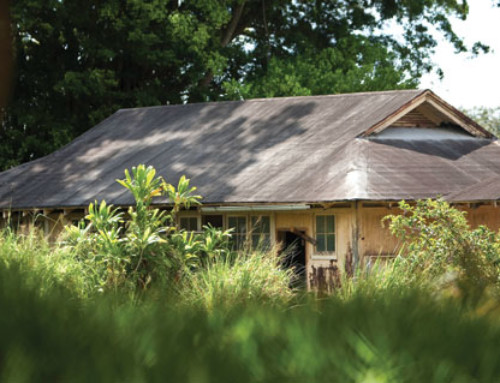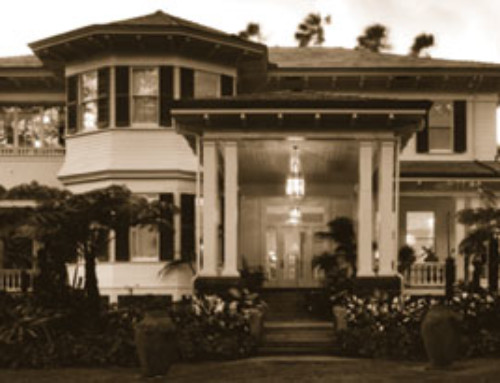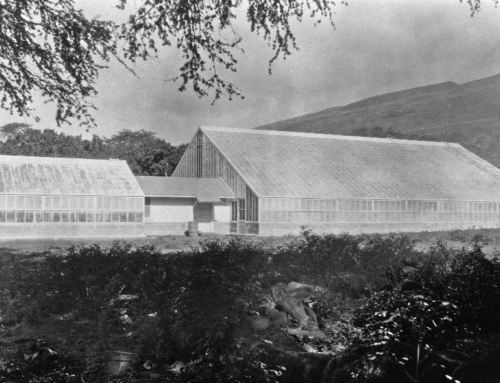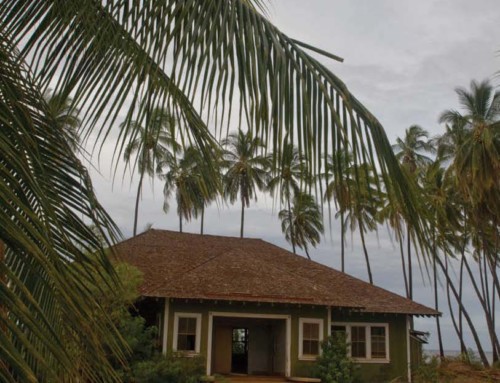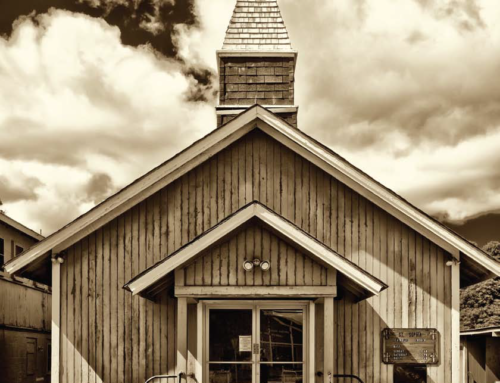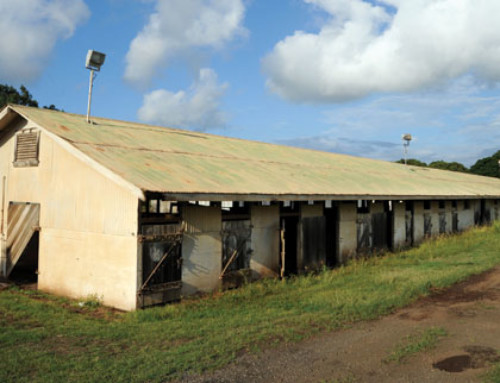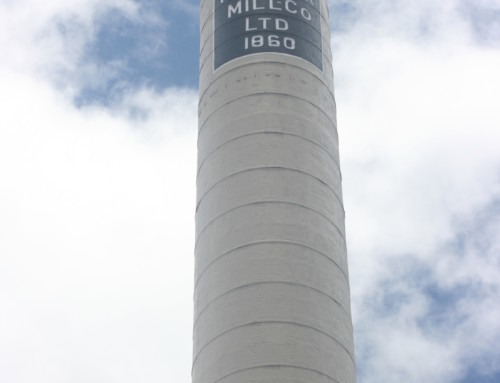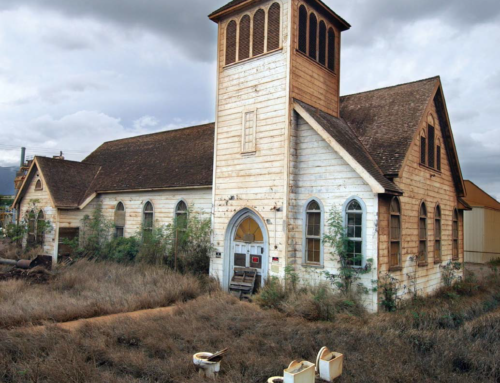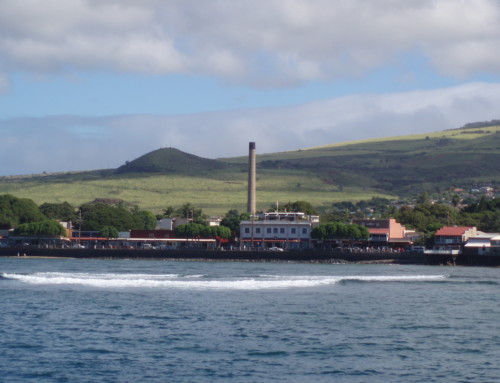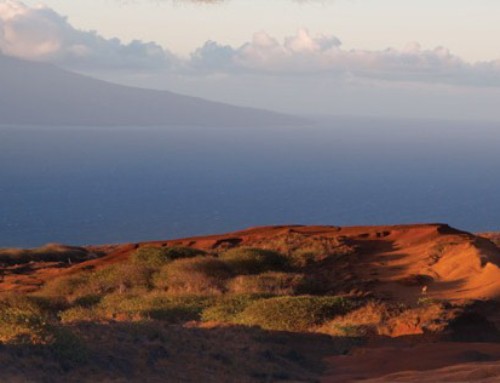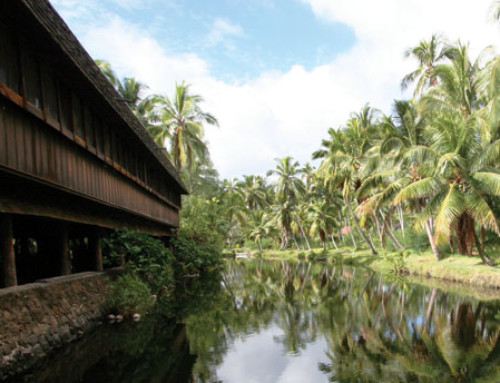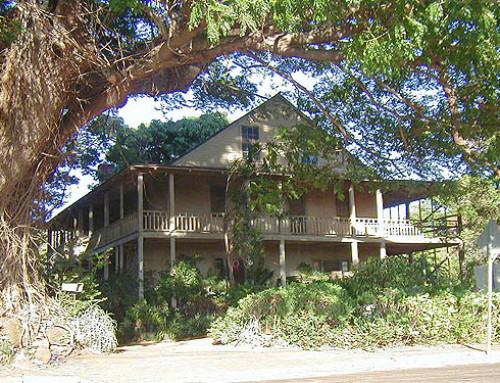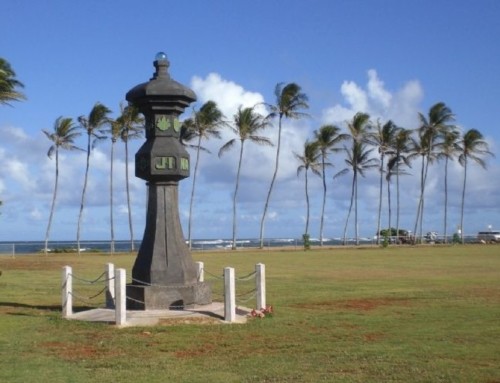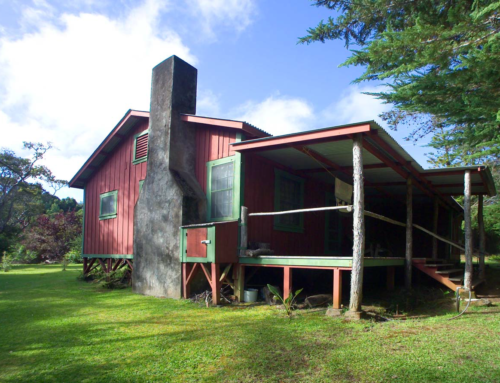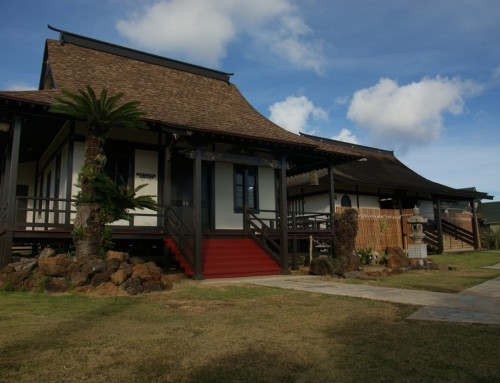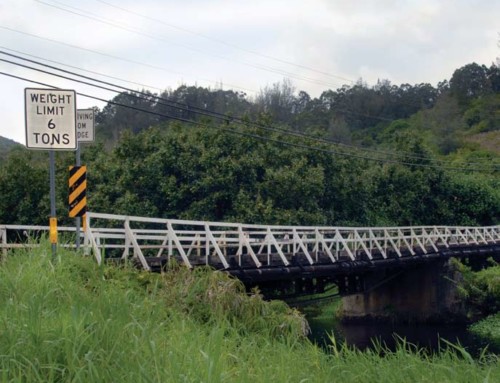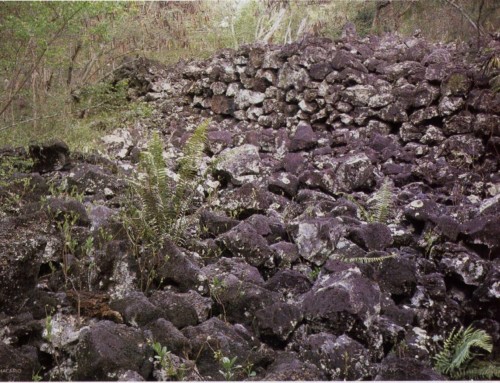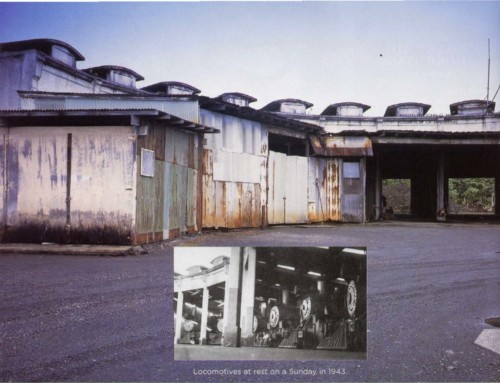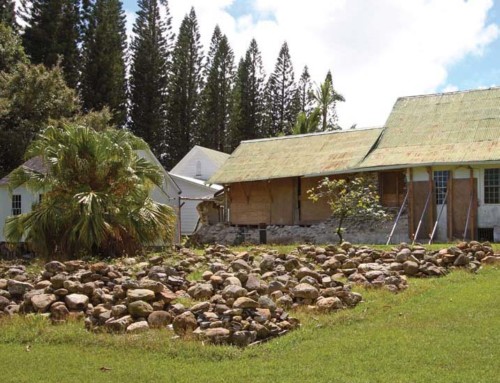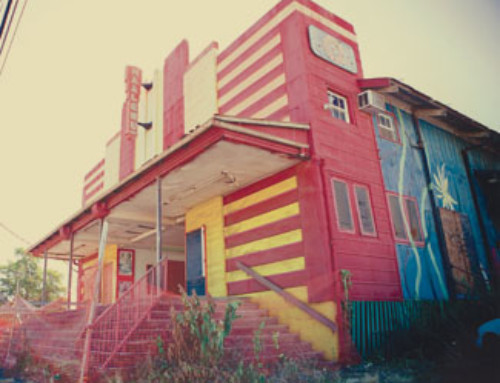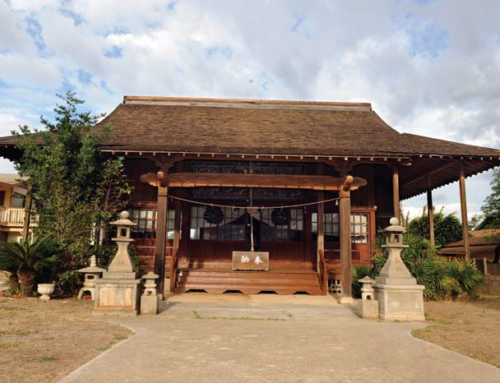Photos: Courtesy of Olivier Koning
Article Written By: Victoria Wiseman, HONOLULU Magazine
What are they?
Many of the Hawaii Department of Education’s inventory of 258 campuses are historic. Some, including McKinley High School, are on the National Register of Historic Places, while others aren’t, but meet the criteria for preservation.
These buildings are not just integral to school-age children, but to the community at large. “[A school] is almost always a focus of the community,” says Gushard. “When we have public meetings, they’re almost always in a school.” And the architecture adopted by each school reflects a diversity based on myriad influences. “They tell the entire architectural history of the Islands,” he says.
What threatens them?
Despite their historic value, our schools are not in good shape. “We’re 51st in the nation for capital improvement budget reinvestment in schools,” says Ray L’Heureux, assistant superintendent for school facilities. “We spend $284 per kid for school facilities. The Mainland average is $1,200. If you spread that among the 258 campuses, we’re in a state of decay.”
In November, the Legislature passed a law that charges the DOE with developing public school lands to raise money for upgrades. The pilot program will consist of three school locations, and all the revenue gleaned is to be put into a fund specifically for so-called “21st-century” upgrades. Preservationists such as Gushard would like to see the DOE first take inventory of all the schools to see how many are historically important. Additionally, the choice of private entities selected to monetize the DOE land needs to be thoughtful, says Faulkner. “The criteria for selection is murky and that’s part of the threat.”
What can be done?
Experts say 21st-century education can happen in a 19th-century building. One way is to involve the SHPD office early and often. “We can pre-agree on what’s historic and then they know what to expect,” Gushard suggests.
The community can also take advantage of the public engagement phase of the project, which L’Heureux says will be robust. “We’re working with architects and planners, a community engagement firm, the same one that worked with Kamehameha Schools.” He says he’s done his homework on successful public-private partnerships that help ailing school districts.
He disagrees that the schools are endangered and, although the project is in its infancy, says taking an inventory will be among his first steps. “When we talk about developing, people get edgy,” he says. “It’s not about development, it’s about schools. It’s based on what the community needs.”


